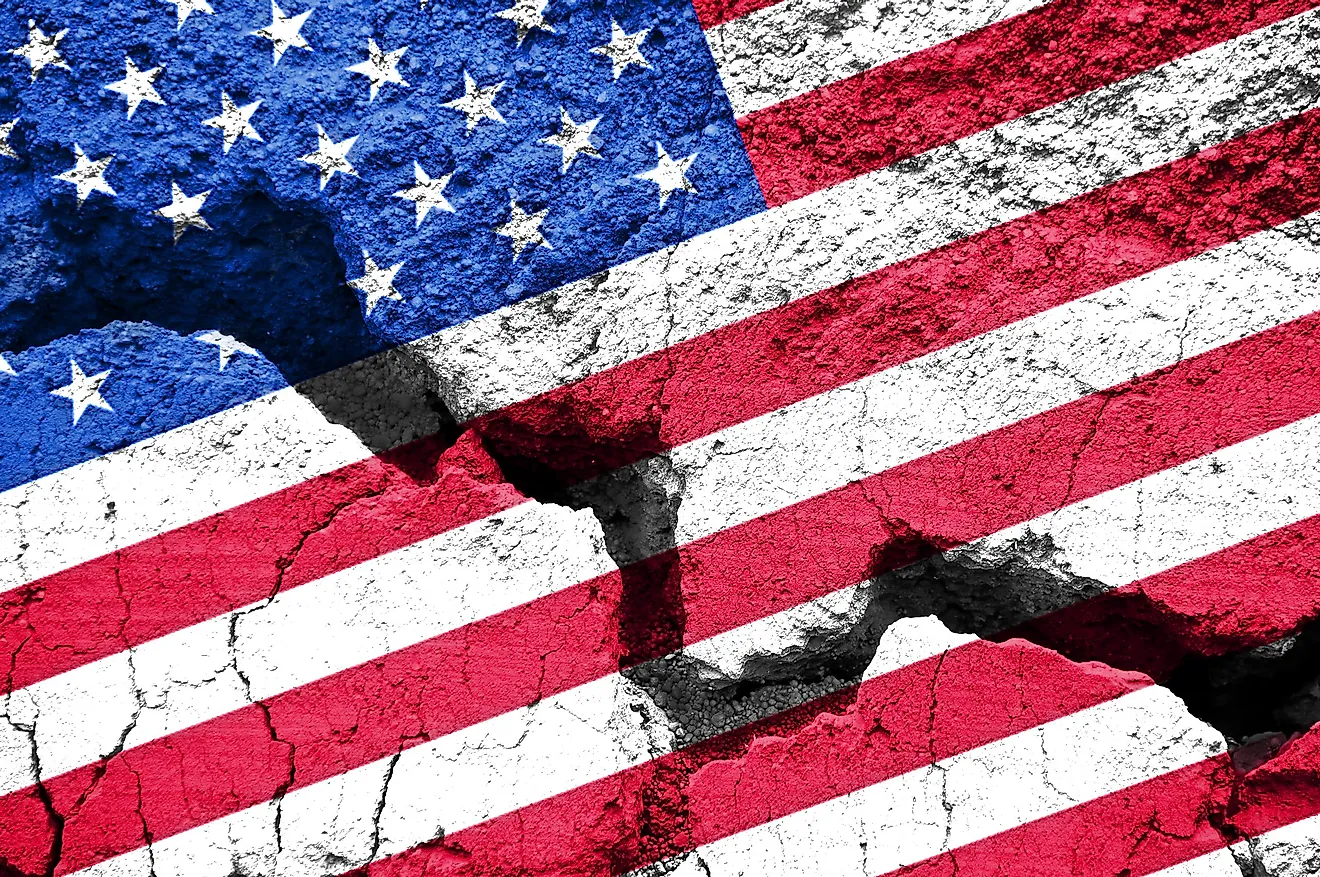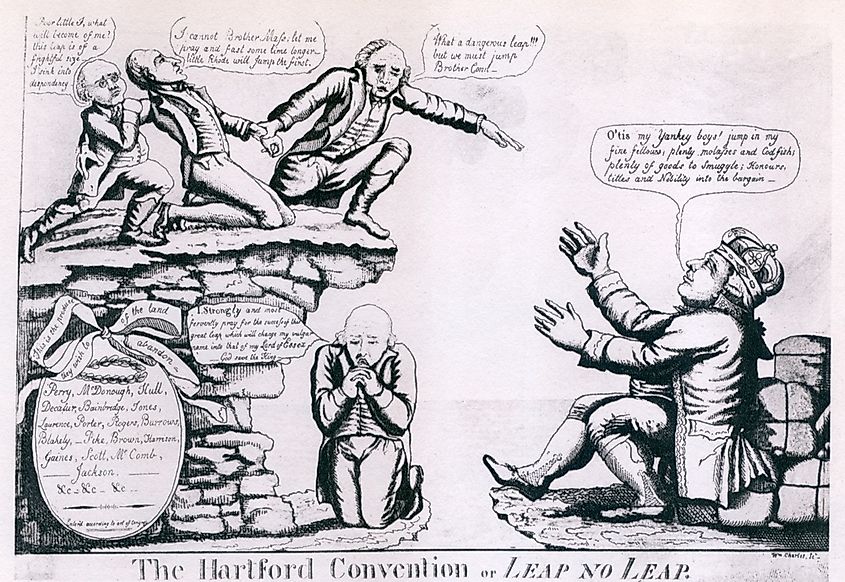What Is Sectionalism In The US History?

- Sectionalism in the United States was prevalent in the 1800s, and it refers to different customs, social structures, lifestyles, and the political views of the American North and South.
- The Hartford Convention voiced the dissatisfaction of the North with the trade embargo that was placed upon them.
- The tensions between the North and the South resulted in the Civil War, which finally brought an end to slavery.
The easiest way to define sectionalism is as the loyalty of a person to a specific region or a section of a country, and not the entire country. This phenomenon occurs in all parts of the world. Many countries can see similar things happening, and more often than not, sectionalism can lead to civil wars.
Sectionalism in the United States was prevalent in the 1800s, and it refers to different customs, social structures, lifestyles, and the political views of the American North and South. Sectionalism gave birth to tensions in the United States, which eventually led to the Civil War. People were incredibly loyal to their parts of the country, which was even more prevalent in the South. They refused to give up their lifestyles, which included slavery, and it was starting to be a massive issue for the entire nation.
Tensions Between the North and South
The tensions between the North and the South started to escalate during the War of 1812. The result of this conflict was the Hartford Convention. This convention voiced the dissatisfaction of the North with the trade embargo that was placed upon them. The North was known for dealing with heavier industries, and because of this embargo, their businesses were suffering.
Along with this embargo, Presidents that were being elected were from the South, and new states were emerging in the North, which diluted the power of this region. This led to an increase in sectionalism throughout the first half of the 19th century.

The North continued to urbanize, work on new industries and build more factories, while the South was more focused on agriculture, plantations, and slave labor. This difference in lifestyles was the leading cause of conflict and sectionalism. The people from the South tried defending slavery by saying that the factory workers in the North worked in worse conditions than slaves, which was a ludicrous claim. Slavery forever left a negative mark on the history of the United States.
The Abolition Of Slavery
However, it is worth noting that the North benefited from slave labor in the South as well. Still, the fact that it was so morally wrong prevailed in the end, and it led to increasing conflicts between the two parts of the country. Slavery eventually started to decline in the border states, especially the more developed cities.
However, deep in the South, it was still going strong. All of the parts of the South where slavery was still strong, were extremely rural and did not engage in any type of industry. The price of cotton grew, which made slaves in the South even more valuable. People living there actually believed that owning slaves was necessary to refine the cotton.
All of this led to an increase in tensions between the North and the South. The South refused to change and constantly accused the North of betraying the core democrat values of the Founding Fathers.
However, the Founding Fathers also kept slaves, and these values were largely obsolete. The tensions resulted in the Civil War, which finally brought an end to slavery. The traces of slavery are still felt in US society today. It should not be forgotten, but we should bravely look forward to a brighter future, a future that accepts all human beings as equal.











